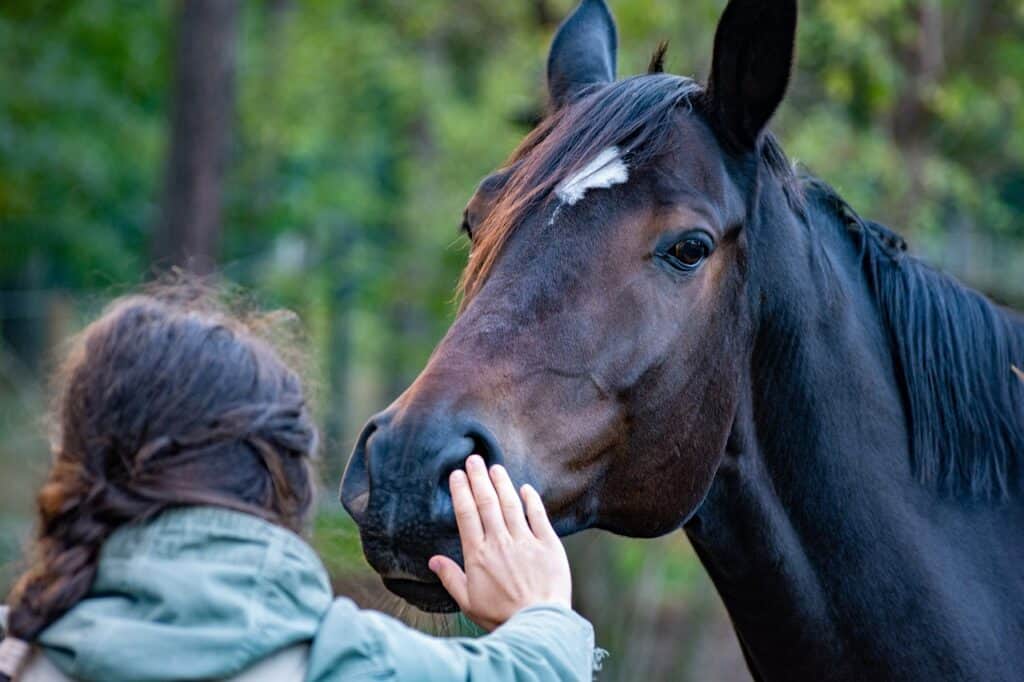For me, it is imperative that we learn how our own personal journey impacts our work with clients, for without this discernment, we are driven to repeat, over and over, patterns of actions that not only perpetuate the pain of our own histories, but also continue to teach clients that they are still in the past, that they do need to keep their fears, that calm is dangerous, and we must solely cope with what happened, as opposed to feeling, in their bones, that they are fully in the present and that the danger is over.
I would bet money that you might know dissociation, and it likely already knows you. The belief that we don’t experience dissociation, nor see it in our clients, well, that’s non-realization; it can be the very dissociative process doing its job. But, in fact, we do know dissociation. It just presents in a variety of different ways. As you read further on, I will describe further in detail.
We are our clients. They are us.
But before we go even further into what our clients need, their ability to tolerate positive and negative affect, and their ability to self-regulate without regulating through a dissociative process, I will tell you something we don’t like to hear. We are them. They are us. We can get caught in such a sense of separateness and “us vs. them” in our work with clients that we forget that we, too, are likely survivors of childhood developmental trauma, and through the line of this is that, as I said earlier, trauma’s influence is present, even if we are not present to it. Trauma is present, regardless of our awareness of it. Again, and if we are unaware of its influence, we will see the interactions with our inner and outer worlds, as well as that of our clients, through the lens of our unhealed traumas, conscious or not.
Essentially, how we interact with our clients, especially those with complex trauma and dissociation, is reflective of our comfort or discomfort with presence. Presence is the ability to be fully aware of our own internal experience, to “drop in” without experiencing ourselves as separate from our internal ‘stuff’ or the external world around us. To provide trauma work, period, involving horses or not, demands our presence internally and in relation to the outside world. We all must. But we all know that it’s really that simple. We also equally know that it is just not that easy.




